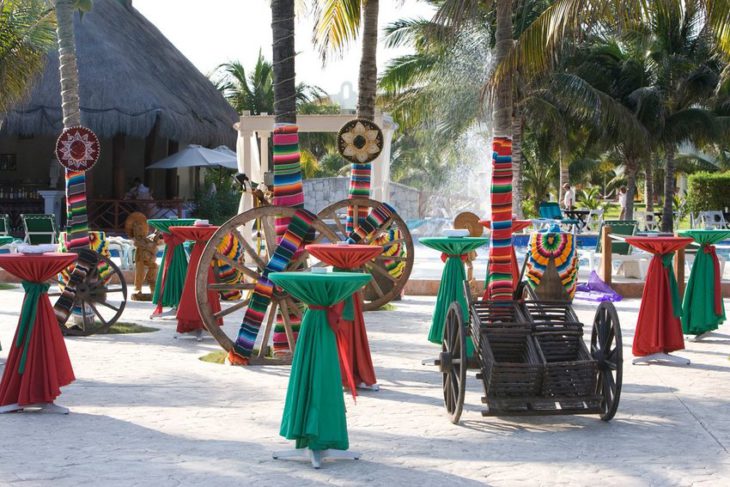
National symbols come in a variety of forms. From foods, symbols, songs and flags, they offer nations around the world a depiction of their values, tastes and goals. While every country has a unique symbol that represents the nation, the message is still the same. Unity, belonging and a sense of national pride are often the associations linked to these symbols. The following list looks at 10 of the most unique national symbols from around the world. While some may not understand their significance, it is impossible to dictate what is and isn’t appropriate to denote national pride. Each item on this list has its own unique history and significance in the country it represents.
10. Unicorn, Scotland
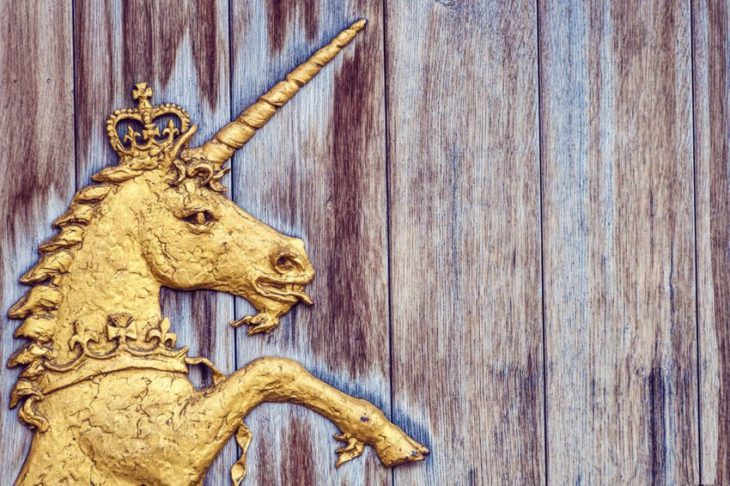
Today, the unicorn is associated with rainbows, ice cream and princess-themed tea parties, but it has a long and interesting history that precedes it. As the national symbol of Scotland, the unicorn is seen as the strongest animal in the world, whilst possessing an untameable nature. Scotland has a long history of myth and legend and it is said only virgin maidens and kings possessed the power to humble this majestic beast. In all Scottish depictions of the unicorn, it is bound by golden reins, signifying its strength and power. The unicorn can be found across some of Scotland’s most important historic buildings and statues. While modern depictions of the unicorn suggest whimsy and frivolity, Scotland has used it as a symbol of purity, innocence, masculinity and power. The alicorn (unicorn horn) was believed to have powerful healing properties, but these benefits were afforded only to the wealthy as it came at a hefty price. Unfortunately, because no unicorns existed, apothecaries used rhino horn instead.
9. Gumboot, South Africa
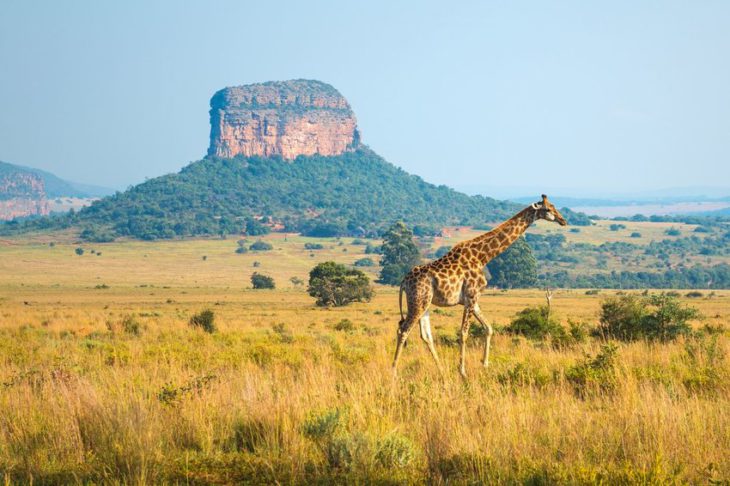
During the apartheid era in South African history, migrant labor was all the rage in mining towns across the country. Big cities like Johannesburg were prominent in the gold mining industry at the time, which relied on migrant laborers from all over the country. Many men had to leave their families behind while they sought work in the gold, platinum and diamond mines that were situated in faraway towns and cities. The mine bosses enforced strict no-talking rules underground. Miners were chained together in complete silence as they worked. Underground conditions were harsh and many miners faced the risk of foot rot as they trudged through water deposits left by drilling. Instead of draining the water, mine owners opted for cheaper foot protection in the form of rubber boots, more commonly known as gumboots. Miners developed an undetectable code thanks to the sound of thumping their gumboots. They were able to communicate freely with one another using this communication system, without their bosses catching wind of it. The code they used soon developed into a form of expression through dance, which allowed the miners to express themselves freely.
8. Guinea pig, Peru
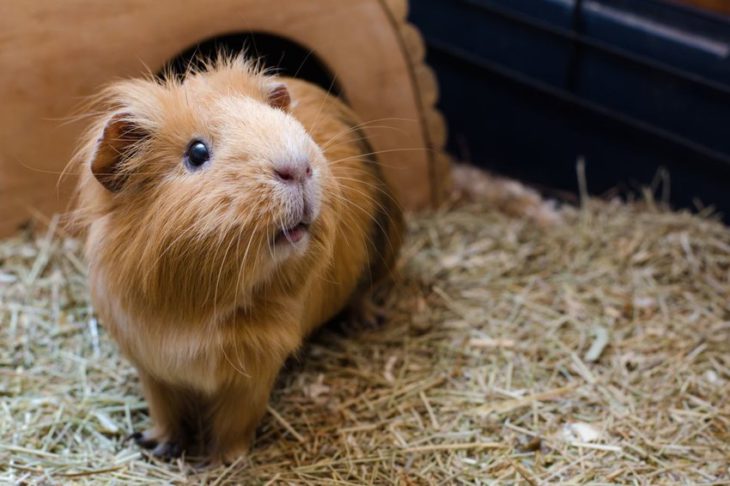
The guinea pig is a national delicacy in Peru. This may seem strange, especially if you ever owned one as a childhood pet. But, guinea pigs have been enjoyed by Peruvian populations dating back 5000 years. It was a common dish enjoyed by Incan nobility and continues to be a staple in Peruvian culture. In the same way, cattle like goats, cows and chickens are used in sacrifice and traditional ceremonies, so the guinea pig functions the same in Peru. Newlyweds are often gifted mating pairs, which may bring them great fortune as guinea pigs are not difficult to maintain and can be traded for goods and services or sold. Cuy, pronounced coo-ee or kwee is the colloquial name for the guinea pig dish. They are commonly roasted, curried or fried and can be enjoyed at restaurants across the country. Whilst some in Western cultures might find it strange and unthinkable to eat their childhood pet, the guinea pig has been an important part of Peruvian society for centuries and can be found on the menus of special occasions like birthdays, weddings and other important ceremonies.
7. Caesar Cocktail, Canada
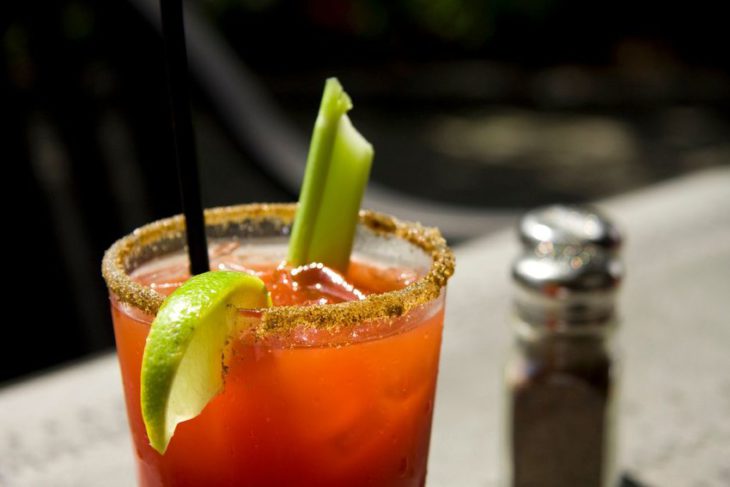
In 1969, Walter Chell was brewing up ideas for a signature cocktail for the new Italian restaurant at the Calgary Inn, when he developed the renowned recipe for the Caesar Cocktail. A mixologist before his time, Chell wanted to capture the flavors of his favorite Italian dish, spaghetti alle vongole. This base for the dish, spaghetti and clams. Although this isn’t the first instance of a clam-infused drink, Chell was the first to perfect the flavor and flair that would popularise it on Canadian cocktail menus across the country. The drink has its origins in the Bloody Mary, with tomato juice, Worcestershire sauce and celery included in the recipe. Chell managed to balance the clam-tomato flavor, which many found to be a strange combination at first, but were soon convinced by its delicious taste. Clamato (clam tomato) is a popular ready-made juice sold everywhere thanks to the popularity of the cocktail. It is commonly referred to as a Bloody Caesar or Caesar cocktail and can be enjoyed in cocktail bars across the country.
6. Century Egg, China
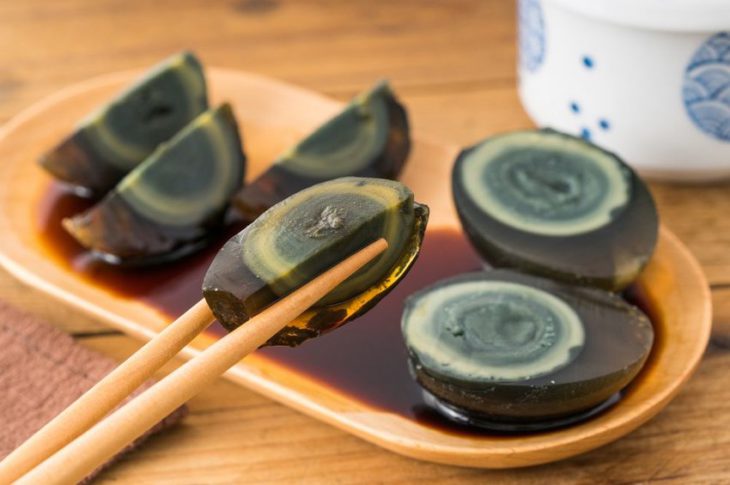
This Chinese dish dates back almost 500 hundred years to the Ming Dynasty. It was a chance discovery that quickly became a delicacy in China. The first-century egg was found by a man walking along who found the egg in a puddle or slaked lime. His curiosity pushed him to investigate it further. He opened the egg to fund that it had developed a darkened color and strong odor. Upon eating the egg, the tradition of the century egg was born. The creamy texture of the egg has made it an irresistible treat that can be eaten alongside pickled ginger, with congee or rice pudding. But, there are many variations of the delicacy as it can also be baked into pastries. The ideal century egg has a larger yolk. The color gradation indicates the different stages the egg must go through before consumption. The delicacies name denotes the lengthy process it takes to create. Much like blue cheese, it is an acquired taste as it has a bad smell, but tastes really good.
5. Spiral Aloe, Lesotho
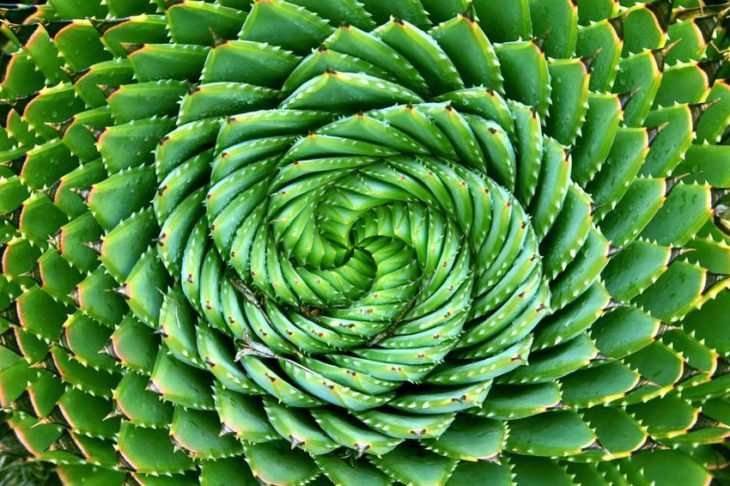
The spiral aloe is an endangered plant that is indigenous to the Maluthi mountains of Lesotho, a landlocked country situated within the borders of South Africa. It is the national flower of Lesotho and does not grow well in other climates outside the country. The Malachite sunbirds are responsible for the pollination of the aloes, so they are an important part of the aloe’s ecosystem. The plant was discovered in 1915 and grows in the crevice of basalt rock and steep slopes that allow for drainage of the plant. The Lesotho Highlands Development Authority has been tasked with preserving the plant and protecting the species across the country. They have trained many local people to grow the aloes, creating income and encouraging the development of Lesotho communities. The sale and trade of these plants are strongly discouraged as it threatens the growth and health of the species. Spiral aloes are susceptible to soil erosion so the growth and preservation of these incredibly unique plants is vital to their survival.
4. Gallic Rooster, France
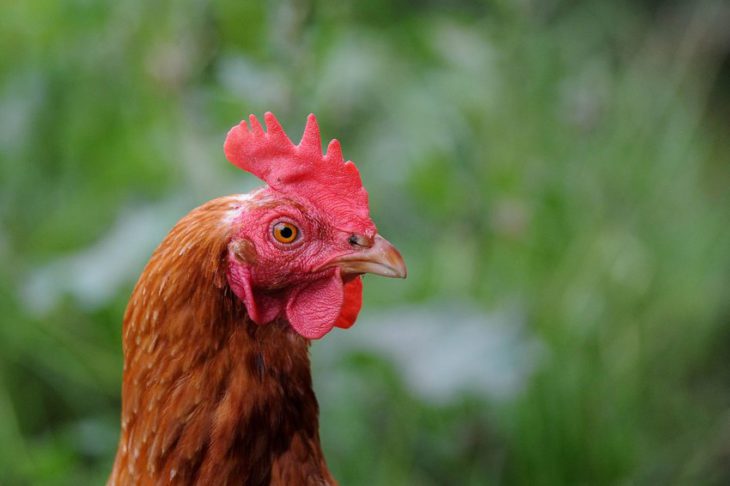
In the middle ages, the rooster was a popular symbol of hope and faith. The Latin word Gallus means rooster and the early French people were known as Gauls. The rooster had not been popularised until later years. When Pope Nicolas I decreed all churches to have a rooster weathervane, the rooster became a popular symbol that can still be seen on many French churches today. By the renaissance, the rooster symbol was seen alongside the emergence of the French nation. But, when Napoleon came into power, he believed the rooster to have no power and thus replaced it with the eagle. It was only during the French Revolution that the rooster re-emerged as a symbol of France. The Duke of Orleans ordered the rooster symbol to be placed on flags and buttons of the national guard’s uniform. With each new day, the rooster crows, signifying victory and renewal. The resilience and proud cry of the rooster are just some of the symbols associated with the rich history of this French mascot.
3. Capoeira, Brazil
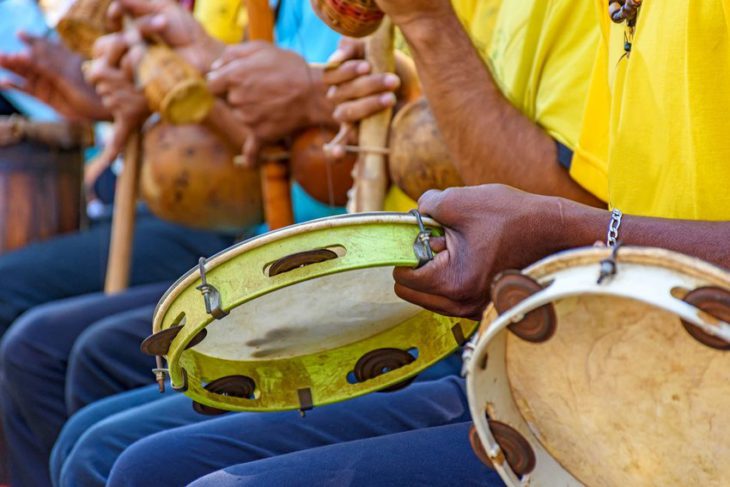
Capoeira is probably one of the most common symbols of Brazilian culture and tradition. It was first a dance developed by West African slaves who were brought to Brazil as slaves to populate the newly colonized Brazil. Portuguese colonists brought slaves all the way from Angola and Congo who were not allowed to practice their traditions and cultures while under the subjugation of their captors. Those slaves who escaped found refuge in hideaways across the country. Capoeira, with its quick movements, incorporates acrobatics, dance and martial art into a cohesive range of movement. The escaped slaves made use of the martial art to fight off colonial troops. Those who were caught using capoeira to defend themselves against these troops were met with punishment and even death. The dance was associated with expressing violence toward the colonial government, who would go so far as cutting the Achilles heels of their prisoners. Although the early history of capoeira is painful and sad, by the 1900s, this changed. Capoeira schools were started and soon, its prominence rose to national tradition, as it is known today.
2. Pharaoh Hound, Malta
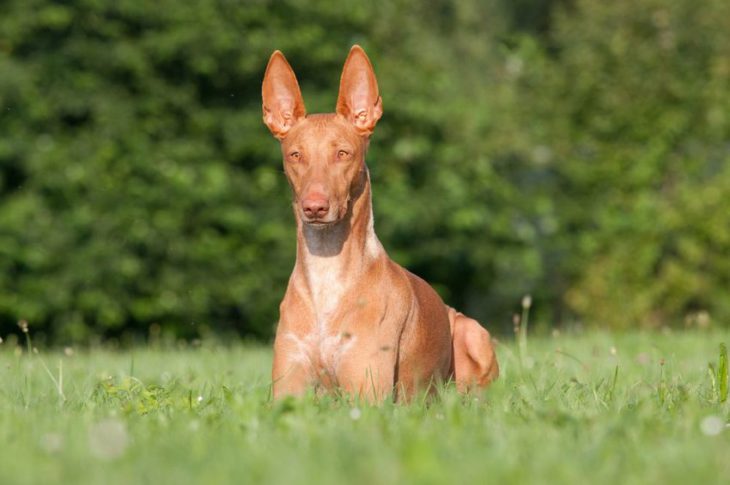
The Pharaoh Hound or Kelb tal-fenek, as it is known in Malta, has often been associated with having roots in Egypt. However, this cannot be confirmed as DNA evidence of this cannot be found. There is little else known about the breed, but it is a common pet in Maltese households, even to this day. The depictions in ancient Eqyptian hieroglyphs have led many to believe that they were a common breed used by Pharaohs and the like for hunting. This may be true, but there is no evidence to corroborate this theory. Their iconic stature and profile were depicted on various Egyptian artifacts, but those could have been their distant cousins because their origins have been traced back to Malta. Kelb tal-fenek translates to rabbit dog, as they are known for their expert rabbit hunting skills. They are the ultimate companion dogs, as their loyalty and hunting abilities have proven an asset to any owner and perhaps a testament to the character of the people of Malta.
1. Chollima, North Korea
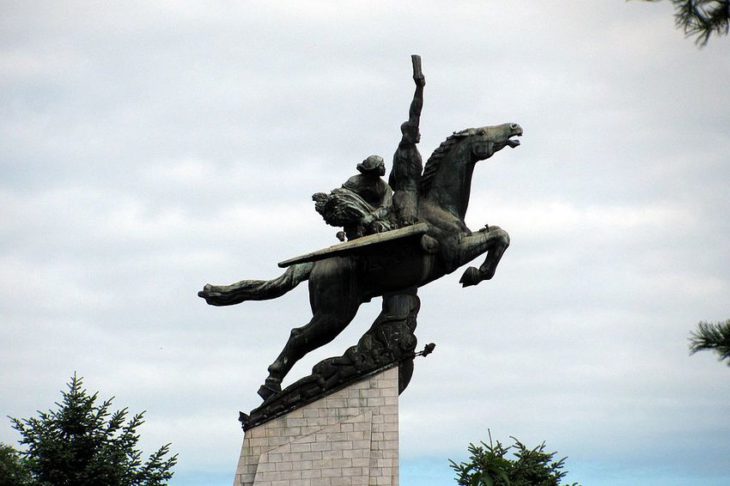
The Chollima is the depiction of a majestic flying horse. It has its origins in Chinese mythology but was adapted by North Korean leader Kim Il Sung as a symbol of motivation and strength after the Korean War. Chollima is known as the thousand-mile horse who was able to traverse long distances in a short period of time. Kim Il Sung, whose country was in need of rapid reconstruction after the war, needed a powerful symbol to motivate Korean workers who were tasked with rebuilding the country. It worked because they managed to make significant developments during what was known as the Age of Chollima, which happened after the war in the 1950s through to the mid-late 1960s. The statue of Chollima stands proudly in the North Korean capital city of Pyongyang. It has become a popular national symbol for the North Korean nation, so much so that the national soccer team is named Chollima.
